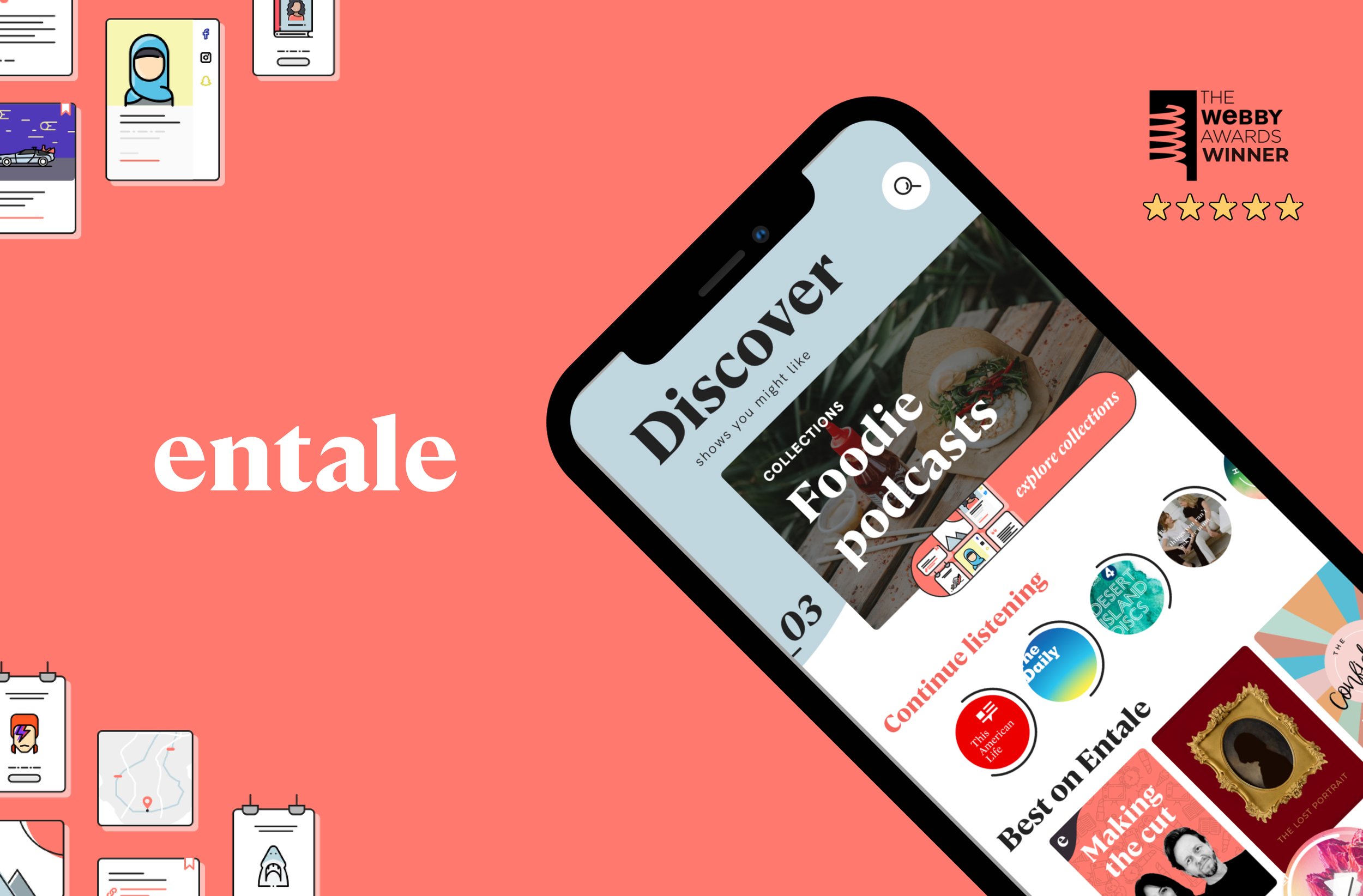Nando’s
WEB & MOBILE
Home delivery direct from Nando’s.
OVERVIEW
Nando’s sought to create a device-neutral platform, enabling customers to place orders directly through Nando’s, thus fostering customer loyalty by incorporating their Chilli Rewards.
This approach emphasises their unique selling point: the opportunity to earn rewards with every order, a benefit not available when ordering through competitors such as JustEat or Deliveroo.
OUTCOMES
£500K
Revenue after 6 months of launch
THE PROJECT
Project Team:
UI Designer (Me)
Creative Director
UX Designer
Project Manager
QA & Engineering team
Complex Systems
The project commenced with a thorough review of existing client documentation, which outlined their perspective on the user journey and technical flow. This revealed a intricate network of interactions that needed to be meticulously managed, encompassing the website, payment systems, delivery partners, Point of Sale (POS), restaurant administration, and customer service.
Defining the User Experience
The complexity identified required a streamlined user flow, suitable for a MVP forming the basis for initial user stories. Having established this foundation, we identified the primary entry points and proceeded to chart the user experience. This strategic overview helped us identify any potential frustrations or gaps in the user journey. Consequently, we were able to draft a preliminary map of the screens needed to craft the fundamental experience and develop the core low-fidelity flows.
Pushing the Brand
In my exploration of the Nando’s brand guidelines, we discovered a richtrove of underutilised patterns, colours, and iconography. These elements had remained dormant within the existing takeaway website and printed menus. I took the initiative to maximise the use of these brand assets, aiming to elevate the brand’s presence and visual engagement across platforms.
THREE BIG TAKE-AWAYS
1/ Challenging the brand
The client was adamant about maximising content visibility above the fold, resulting in a cramped layout that compromised the ease of navigation and discovery. Working alongside the brand custodians presented its own set of challenges, due to differing internal opinions on the use of print versus digital assets.
Iterative Menu Design
Challenging the brand guardians required me to dig my heels in. But I adopted a methodical, iterative process, producing 15 iterations of the menu design to enhance user engagement and advocate for an optimal user experience.
2/ Sustainable Atomic Design
Adopting an atomic design approach, I crafted small, versatile components that could be combined in various configurations to suit specific stages of the user journey. This strategy not only expedited the setup of layout grids but also ensured a seamless experience across different devices.
An Adaptable System
The atomic system introduced flexibility for future updates to the menu, whether it involved changes to content, such as menu items, or modifications to the visual elements like colours and patterns.
3/ Technical Dependencies
Post-launch, we encountered issues with orders not being received by the restaurants caused by the Nando’s POS system. Although this was beyond our direct control, it underscored the importance of understanding how various system components could potentially lead to customer dissatisfaction and impact the business operationally.
Nando’s Technical Architecture
The original architecture didn’t highlight the dependency required on the POS system at the bottom. Once the QA team recognised this, they engaged in a collaborative contingency plan, prepared to effectively address the challenges.
REFLECTION
Success: Crafted a compelling consumer delivery experience, generating £500,000 in revenue within the first six months.
Adapting to Challenges: Collaborated with brand guardians to elevate the brand beyond conventional expectations.
Lessons Learnt: Identified and resolved technical issues with the POS system after launch.
Skills Developed: Developed a comprehensive atomic design system.
Read more case studies








